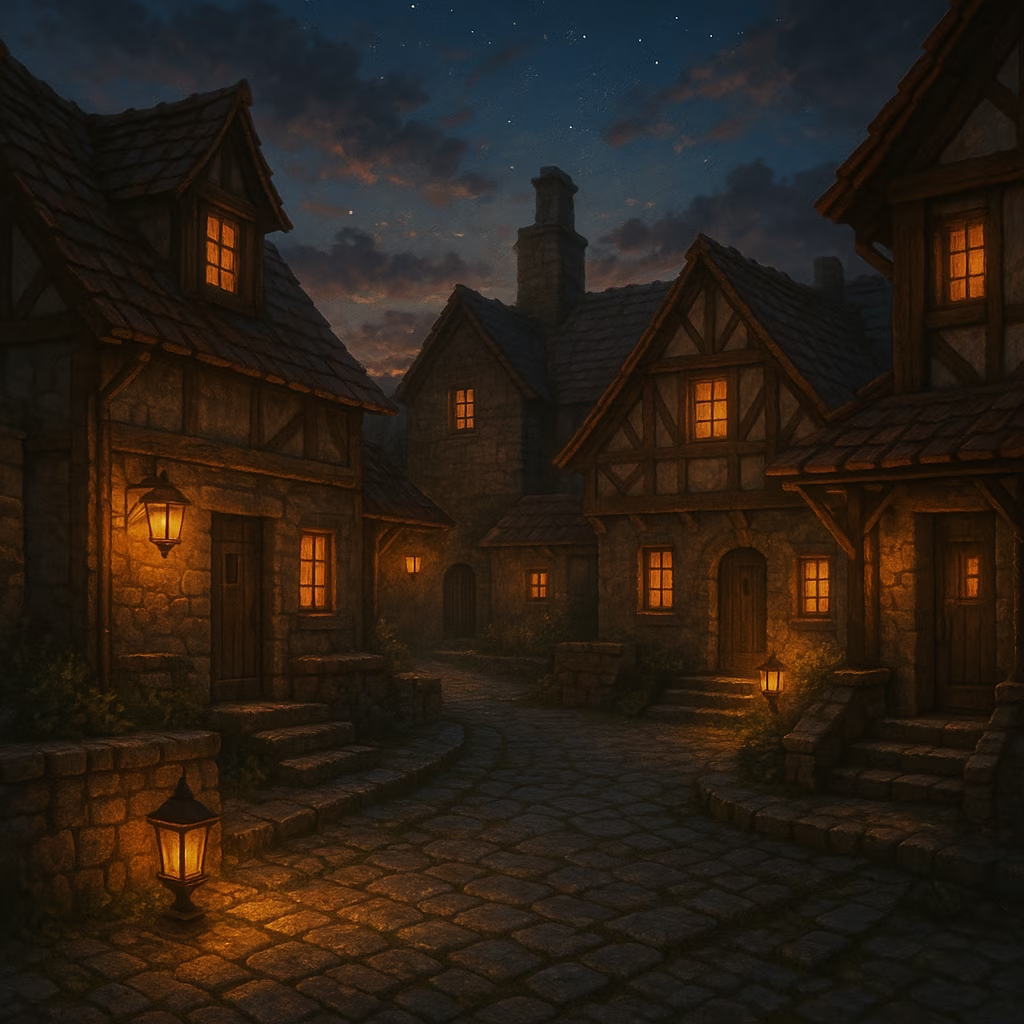Triangle Strategy: A Tactical Masterpiece Blending War, Choice, and Pixel Art
Triangle Strategy redefines tactical gameplay with its HD-2D visuals and deep moral choices, captivating strategy enthusiasts and narrative lovers alike.
As I dive into Triangle Strategy’s intricate political drama, I’m struck by how Square Enix’s HD-2D alchemy transforms nostalgic pixel art into something breathtakingly modern. This spiritual successor to Tactics Ogre and Final Fantasy Tactics doesn’t just imitate – it evolves. The war-torn continent of Norzelia becomes a chessboard where every decision carries weight, and I’ve found myself agonizing over choices that would make Machiavelli blush.

At its core, this isn’t just a game about grid-based combat (though the height-based tactical system will make strategy fans weep with joy). It’s about the human cost of idealism. When Aesfrost shatters the fragile peace in Chapter 3, I realized my role wasn’t to be a hero, but a wartime leader making brutal compromises. The Scales of Conviction system forces players to confront their own morality – do you protect Roland at the risk of civilian lives, or sacrifice political leverage for immediate safety?
The Three Pillars of Engagement
-
Tactical Depth: With 20+ unique characters like ice mage Corentin and shadow-dancer Anna, building your roster feels like curating a Renaissance-era Avengers team. Pro tip: Early weapon upgrades for healers like Geela pay dividends in later chapters.
-
Branching Narratives: My first playthrough clocked 38 hours, yet I immediately restarted upon discovering alternate routes. Did you know surrendering Roland in Chapter 7 unlocks entirely different battlefield layouts in Chapter 9?
-
Environmental Warfare: Rain isn’t just ambiance – it’s a tactical tool. I once won a hopeless battle by flooding the terrain and using Ezana’s lightning spells to electrocute half the enemy force.
The real genius lies in how convictions shape gameplay. During my interview with the developers, they revealed that silent choices – like examining optional lore objects – influence which characters join your cause. This creates organic replayability missing from most SRPGs. Want to recruit the merchant Julio? Start bartering with every NPC you meet.
Controversies & Comparisons
While fans debate whether it surpasses Fire Emblem: Three Houses (personally, I prefer Triangle Strategy’s tighter political focus), both games share DNA in their:
-
🛡️ Class promotion systems requiring rare Medals of Bravery
-
⚖️ Moral ambiguity in wartime decisions
-
🌍 Fully realized fantasy geopolitics
Yet where Fire Emblem romances its characters, Triangle Strategy romances ideas – the ethics of salt mining, the hypocrisy of organized religion, the corrupting influence of mineral wealth. It’s Game of Thrones meets an economics textbook, and I’m here for it.
Final Verdict
This isn’t a perfect game (the slow first three chapters test patience), but its ambition deserves applause. With New Game+ offering enhanced difficulty and hidden story paths, plus datamined hints of DLC, Norzelia’s saga feels alive. As we await the developers’ promised 2025 updates, I’ll be theorycrafting optimal party compositions and debating choice consequences on Reddit.
🚨 Call to Action: Whether you’re a tactics veteran or story-driven player, give Norzelia’s war-torn soil a chance. Your Switch deserves this masterpiece. Join the conversation using #TriangleStrategyTactics and let your convictions guide the way!